News
-
 Climate
ClimateTitanic typhoons are in the forecast
Warming subsurface water in the Pacific will boost average typhoon intensity 14 percent by 2100, new research predicts.
-
 Astronomy
AstronomyIn another universe, free-range planets could host life
If other universes exist, then those with denser galaxies might harbor a larger fraction of habitable worlds.
-
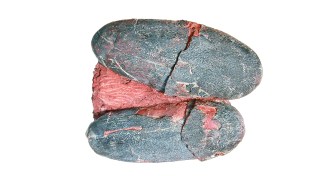 Paleontology
PaleontologyDino eggs came in different colors
Dinosaur eggs came in bold shades of blue-green and brown-speckled blue.
By Meghan Rosen -
 Neuroscience
NeuroscienceCerebellum may be site of creative spark
Brain scan experiment hints that cerebellum might have a hand in getting creative juices flowing.
-
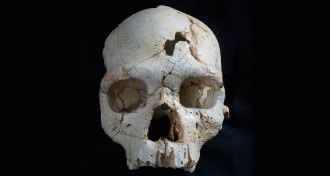 Anthropology
AnthropologyDouble blow to skull is earliest evidence of murder, a 430,000-year-old whodunit
A 430,000-year-old hominid skull shows signs of murder, making it the earliest suspected homicide.
By Julia Rosen -
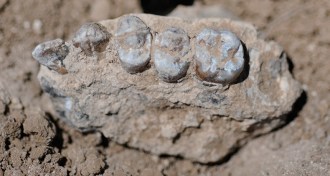 Humans
HumansFossils suggest another hominid species lived near Lucy
Fossil jaws dating to over 3 million years ago may add a new species to the ancient hominid mix.
By Bruce Bower -
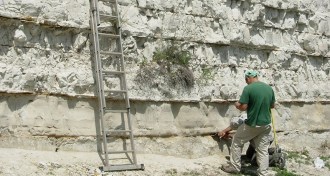 Climate
ClimateNext icy era may be on hold
Carbon emissions from humans may have postponed Earth’s next glaciation, new research suggests.
-
 Neuroscience
NeuroscienceNo-pain gene discovered
Scientists have identified a new genetic culprit for the inability to perceive pain.
-
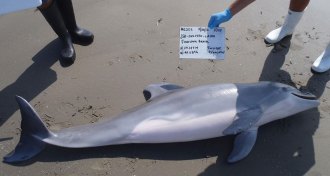 Environment
EnvironmentRising dolphin deaths linked to Deepwater Horizon spill
Lung lesions and other injuries link an extensive die-off of dolphins in the Gulf of Mexico to the 2010 Deepwater Horizon oil spill.
By Beth Mole -
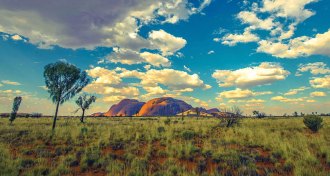 Climate
ClimateTranquil ecosystems may explain wild swings in carbon dioxide stashing
Semiarid ecosystems, such as grasslands and shrublands, are behind the large variation in the amount of atmospheric carbon dioxide sucked in by land each year.
By Beth Mole -
 Genetics
GeneticsMutations that drive cancer lurk in healthy skin
Healthy tissue carries mutations that drive cancer, samples of normal skin cells show.
-
 Neuroscience
NeuroscienceBrain implants let paralyzed man move robotic arm
Implanting tiny silicon chips in the action-planning part of a paralyzed man’s brain let him smoothly control a robotic limb with his thoughts.
By Meghan Rosen